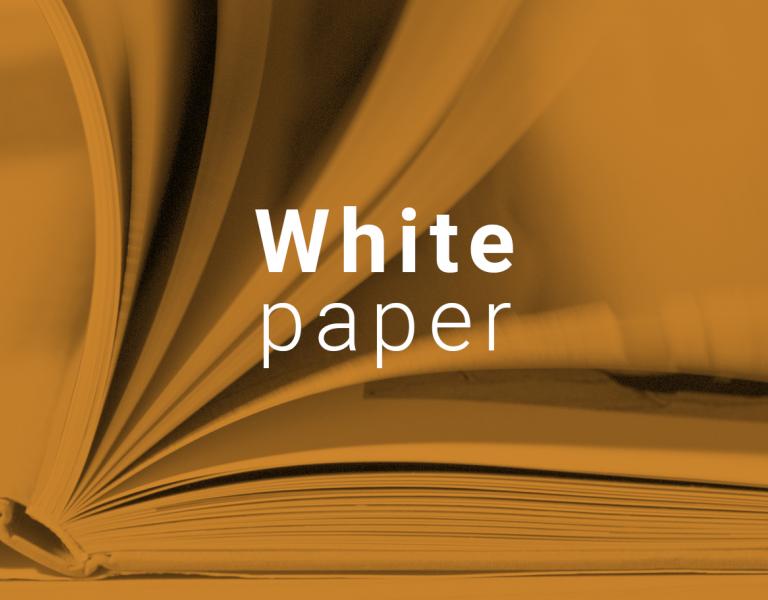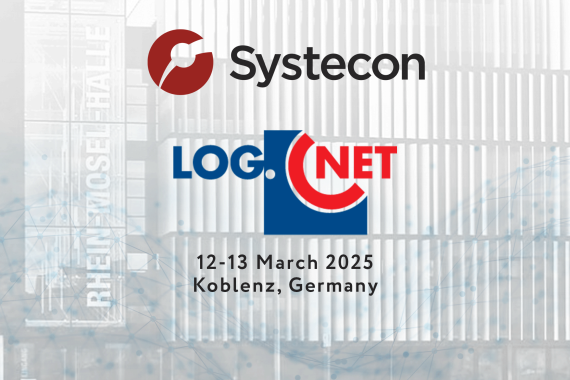
Modeling of Life-Limited Spare Units in a Steady-State Scenario
This thesis studies the problem of modeling life-limited spare units in a steady-state scenario. This means that units that have a predefined lifespan are to be modeled in a scenario where all conditions are kept constant and all transients have faded out. OPUS10 is a spare parts optimization software developed by Systecon AB. There is no way to explicitly model the life-limited units in OPUS10, although there are different approximate models that are built on adjustments of the failure rate and repair fraction or the definition of preventive maintenance.
The objective of this thesis is to analyze the usage of life-limited items in real life and to investigate what approximated models different OPUS10 users will utilize in their modeling of life-limited units. Furthermore, the objective is to analyze the consequences of the approximated models and to investigate the possibility of an improved model.
The results show that the main interest when choosing which approximated model to use is the type of life limit. There are three different types of operating time life limits investigated. Either the unit is discarded immediately after the life limit is reached, or it is instead discarded at the next failure.
There is also the possibility of resetting of the life limit timer at each maintenance. In all three cases, it is shown that if choosing the most fitting approximate model, the results are very accurate. If the life limit is instead measured in calendar time, even the best approximation will give an under-estimation of the expected number of backorders. It is also shown that most of the OPUS10 users model life-limited units as preventive maintenance with discard, which is not the best approximation in any of the types of life limits.
Sara Hallin, May 2015
Master's Thesis at Department of Mathematics
Division of Optimization and Systems Theory
Royal Institute of Technology, Stockholm, Sweden
Supervisor: Thord Righard, Systecon AB
Examiner: Per Enqvist



